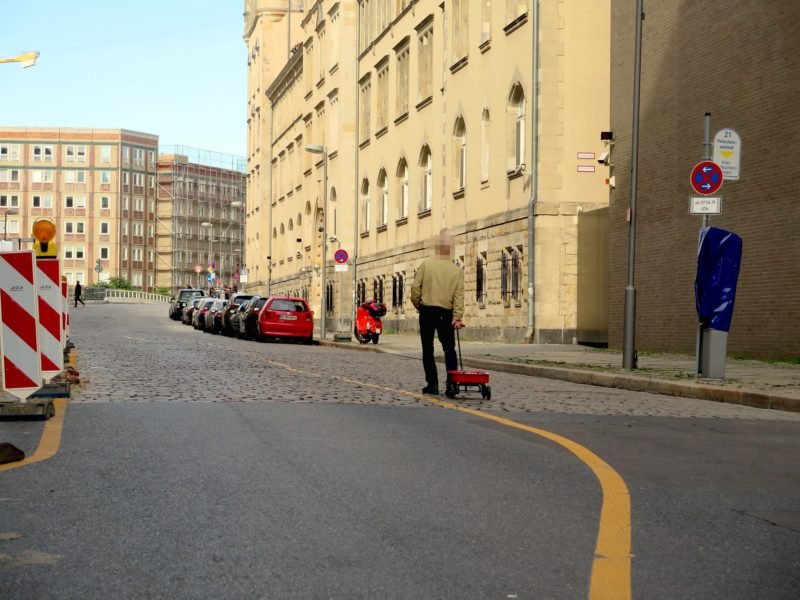The Rise Of Smombie Urbanism
In recent articles, we’ve already reported on the fact that increasing numbers of people are glued to their smartphone screens. Whether we want it or not, this undeniable trend forces governments and designers to rethink the use and design of urban spaces.
Most of the time when a “word of the year” is chosen, it’s very reflective for the trends and events that have characterized that particular year. In 2015, the official word for Germany’s youth was chosen to be “Smombie” — a fusion between smartphone and zombie — and we can’t deny that it’s a very fitting term. Let’s have a closer look at how smartphone use changes cities and how it, in turn, changes us.


Cities and towns like Melbourne, Bodegraven in the Netherlands and Augsburg and Munich in Germany have implemented traffic solutions that are specifically targeted at smartphone users. At intersections, not only normal traffic lights will signal pedestrians when to stop and go, but LED lights in the pavement as well. The light strips light up green or red the same time the normal traffic light does and will hopefully be more attention-grabbing to the smartphone user, who’s constantly looking at his or her screen.

Ground level traffic lights for smombies in Melbourne
In another attempt to reduce the impact “smombies” have on the life of other urbanites, a couple from Tokyo invented a handheld bell, that runners can use to weave their way through a crowded sidewalk and to signal smartphone zombies that they have to move out of the way. We all know the frustration from having to navigate a crowded urban area when in a hurry, and this gadget offers temporary relief from smartphone zombies blocking the sidewalk.

Runbell
The “Mind over Masses” experiment from National Geographic in Washington D.C. took the idea of the pedestrian bell a little further and offered pedestrians, both smartphone using and not, the chance to position themselves according to their activity on the sidewalk. In a temporary urban intervention, the TV makers divided the sidewalk into a fast lane and a smartphone lane. Unfortunately the project had little succes, besides being noticed by a lot of people. Smartphone users, who were already staring at their screens, were often too distracted to notice the were essentially walking in the wrong lane.

Cellphone lane
Coming back to the fact that it was the younger generation introducing the term “smombie” in the first place, it may not be surprising that they are also one of the main target groups of interventions aiming to reduce smartphone use. A California school is now forcing its students to lock their phones away in special cases, which cannot be opened until the class ends. Some artists have also used the smartphone cases on their venues, in order to encourage people to enjoy the now rather than following the concert through their camera lens.
It might seem a little off that the smartphone was once considered a luxurious object to have. Times have changed, and now products and interventions restricting smartphone access are on the rise. Phone-free time has become a rare, but yet desirable concept in our lives, not to mention that it is of utmost significance to our safety on the streets.



